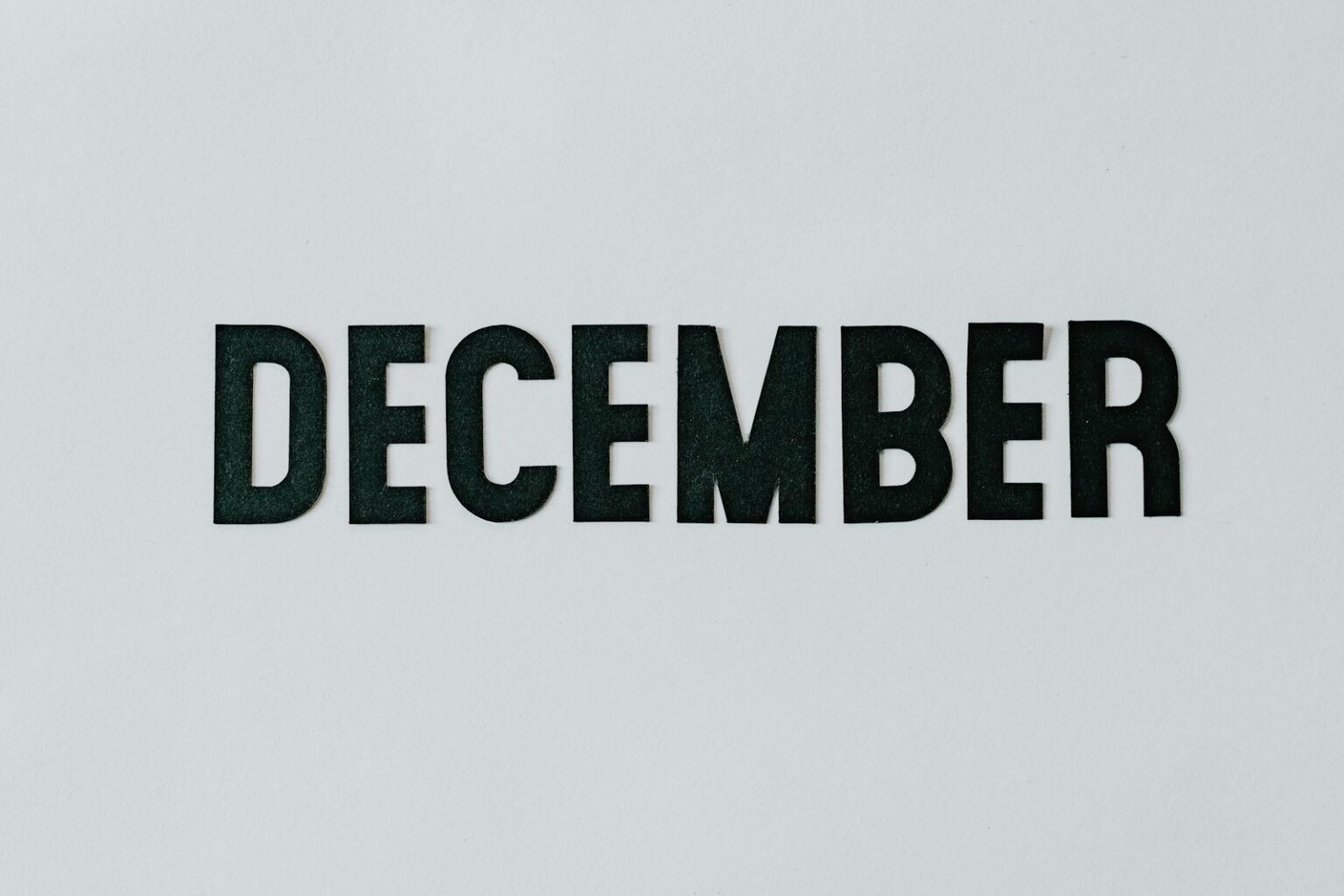Converting AI (Adobe Illustrator) files to SVG (Scalable Vector Graphics) is an essential skill for designers, web developers, and anyone dealing with vector-based graphics. The process allows you to make your artwork scalable and usable across web and mobile platforms without losing quality.
In this guide, I will explain the various methods ” How to Convert AI to SVG? ” In a clear, detailed, and user-friendly way.
What is an AI File?
Before diving into the conversion methods, it’s important for you to understand what an AI file is. An AI file is a proprietary file format created by Adobe Illustrator, used primarily for vector-based graphics such as logos, illustrations, and icons. The file format allows for a wide range of capabilities, such as layers, paths, and complex color schemes.
However, AI files are not always ideal for web use or sharing with people who don’t have access to Adobe Illustrator. That’s where SVG comes in.
What is SVG?
SVG stands for Scalable Vector Graphics. It’s an XML-based vector image format that is widely supported across web browsers and vector editing software. Unlike raster formats like PNG or JPEG, SVG allows images to scale without losing quality, making it perfect for responsive designs, logos, and icons.
Why Convert AI to SVG?
You may wonder why you would want to convert an AI file to SVG. Here are some common reasons:
- Web Compatibility: SVG files are widely used in web design and development, while AI files are not supported by most browsers.
- Scalability: SVG allows for infinite scalability without any loss in quality, which is crucial for responsive designs.
- File Size: SVG files are typically smaller in size compared to AI files, making them easier to share and faster to load on websites.
- Accessibility: SVG can be easily opened and edited in any text editor or vector graphics software, unlike AI files which require Adobe Illustrator.
With that in mind, let me walk you through the various methods you can use to convert AI to SVG.
Method 1: Using Adobe Illustrator
The easiest and most straightforward way to convert an AI file to SVG is through Adobe Illustrator itself. As the native software for AI files, it offers a simple and customizable way to convert your design into an SVG format.
Step 1: Open the AI File
- Launch Adobe Illustrator.
- Navigate to the File menu and click Open to browse for the AI file you want to convert.
- Once the file opens, make sure it looks exactly the way you want before proceeding to the next step.
Step 2: Export as SVG
- Go to the File menu.
- Select Export > Export As. Alternatively, you can press Ctrl+Shift+S (Windows) or Cmd+Shift+S (macOS) as a shortcut.
Step 3: Choose SVG Format
- In the Export dialog box, under the Format dropdown, select SVG.
- Choose the location where you want to save the file and give it a meaningful name (e.g., “logo.svg”).
Step 4: Set Export Options
- Before clicking Export, you’ll be presented with a series of SVG-specific options.
- Adjust settings like Version, Compression, and Encoding. For most cases, the default settings work well, but if you need to reduce file size, consider enabling compression.
- You can also choose whether to include fonts as outlines or leave them editable, depending on your project needs.
Step 5: Save the File
- Click Export to finalize the conversion process.
- Your SVG file will now be saved at the specified location.
Adobe Illustrator provides the most control over the conversion process, allowing you to tweak the settings for the best results. It is the ideal method if you are already familiar with Illustrator.

Method 2: Using Online Converters
Step 1: Find an Online Converter
- Use your preferred search engine to look for “AI to SVG converter”. Some popular options include CloudConvert, Zamzar, and Convertio.
- Visit the website of your chosen converter.
Step 2: Upload the AI File
- Once on the converter’s website, you will usually see a button that says something like Upload or Choose File.
- Click on it and browse for the AI file you wish to convert.
Step 3: Start the Conversion
- After uploading your AI file, you will usually need to click a button that says Convert or Start Conversion.
- Depending on the file size and your internet connection, this process could take a few seconds to a few minutes.
Step 4: Download the SVG File
- Once the conversion is complete, a Download button will appear.
- Click it to download the converted SVG file to your computer.
Benefits of Using Online Converters
- No Software Required: You don’t need to install any software or have Adobe Illustrator to perform the conversion.
- Quick and Easy: Online converters are generally fast and user-friendly.
- Free: Most online converters are free to use, although some may have limitations on file size or number of conversions per day.
Drawbacks
- Quality: Some online converters may not maintain the quality of the AI file as well as Adobe Illustrator.
- Privacy: Uploading your files to a third-party site can pose a risk if the design is sensitive or confidential.
- Customization: You won’t have control over advanced export settings, which could affect the final output.
Method 3: Using Command-Line Tools
For those comfortable with using the command line, you can also convert AI files to SVG using command-line tools like ImageMagick or Potrace. This method is more technical but can be automated if you need to convert multiple files.
Step 1: Install ImageMagick
- Download and install ImageMagick from its official website.
- Follow the installation instructions for your operating system (Windows, macOS, or Linux).
Step 2: Open the Command Line
- Open your terminal (for macOS or Linux) or Command Prompt (for Windows).
Step 3: Navigate to the File Location
- Use the cd command to change the directory to where your AI file is located. For example:
cd /path/to/your/fileStep 4: Run the Conversion Command
- Use the following command to convert your AI file to SVG:
convert input.ai output.svg- Replace input.ai with the name of your AI file, and output.svg with the desired name for the SVG file.
- Press Enter to execute the command.
Benefits of Using Command-Line Tools
- Batch Processing: This method is ideal if you need to convert multiple files at once.
- Automation: You can write scripts to automate the conversion process.
- Free and Open-Source: ImageMagick is free to use and open-source, making it accessible to everyone.
Drawbacks
- Learning Curve: This method is not user-friendly if you are not comfortable with the command line.
- Fewer Export Options: You may not have the same level of control over settings as you would in Adobe Illustrator.
Additional Tips for a Successful Conversion
Regardless of the method you choose, there are a few additional tips to ensure a smooth conversion process.
Check the SVG File
After converting your AI file to SVG, it’s important to verify that the conversion was successful. You can do this by opening the SVG file in a web browser or text editor. You should also check it in vector editing software like Inkscape or Adobe Illustrator to ensure that all elements of the design have been preserved.
Consider Vector Editing Software
If you need to make further adjustments to your SVG file after conversion, you can use vector editing software like Inkscape (which is free and open-source) or Adobe Illustrator. This can be helpful if the conversion process altered the design in any way, or if you need to make additional tweaks to the SVG file.
Experiment with Different Converters and Settings
If you are not satisfied with the results from one method, don’t hesitate to try a different one. Online converters, Adobe Illustrator, and command-line tools all have their strengths and weaknesses, and you may find that a particular tool works better for your specific file or project.
Read Also: Langchain and PHP: A Perfect Match?
Conclusion
Converting AI files to SVG doesn’t have to be complicated. Whether you’re using Adobe Illustrator, an online converter, or command-line tools, there’s a method to suit every user. I’ve explained three detailed methods that can help you get your AI files converted to SVG quickly and efficiently. Whether you’re a beginner looking for a simple solution or an advanced user seeking more control over the process, you now have the knowledge to tackle any AI-to-SVG conversion with confidence.
Remember, always check the output file, and if needed, make final adjustments using vector editing software. By following these steps, you’ll be able to make the most of your vector graphics in any environment.




